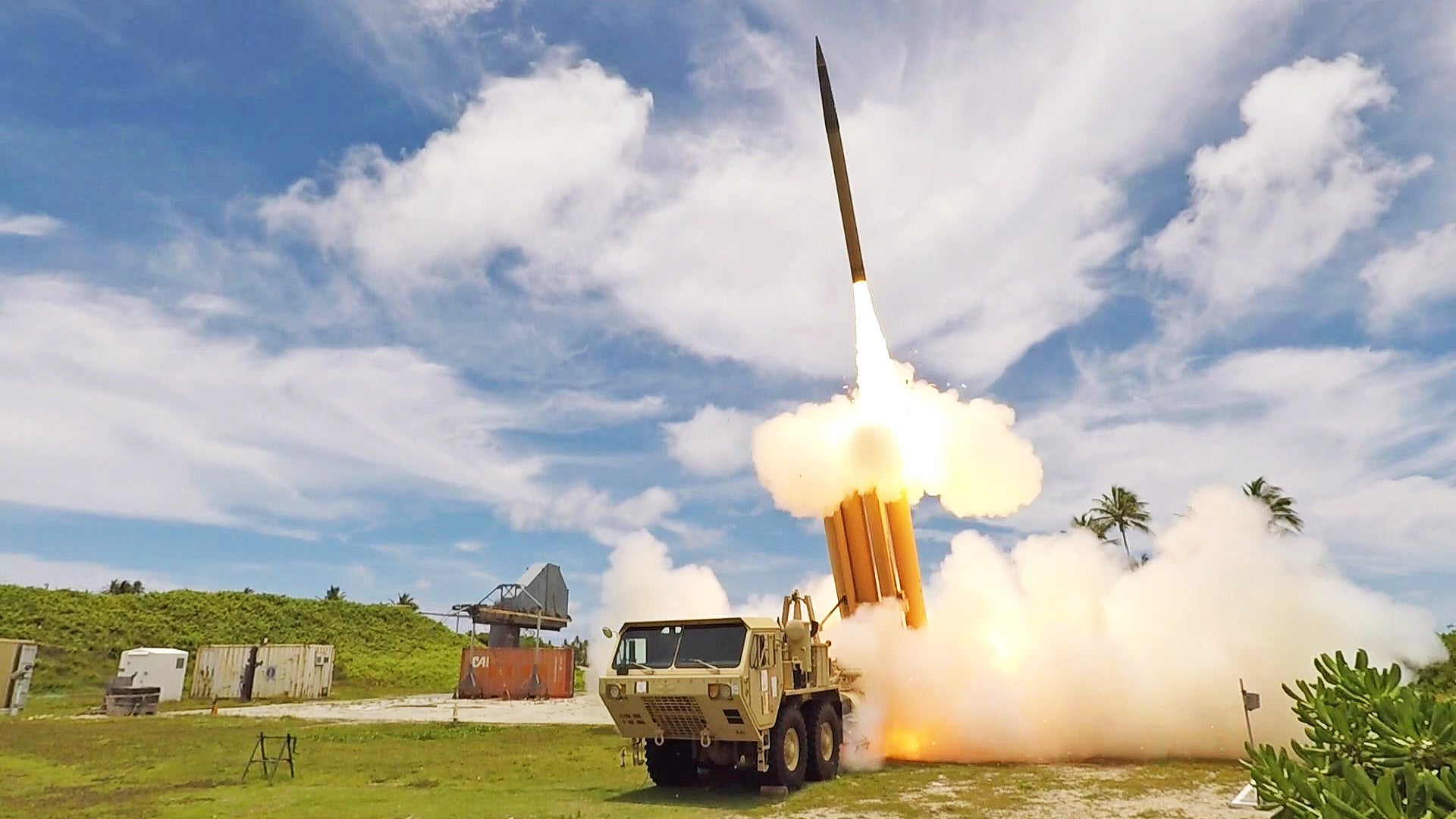An example of the Lockheed Martin Terminal High Altitude Area Defense, or THAAD, system brought down a ballistic missile during its first recorded successful operational use, in the hands of the United Arab Emirates. The ballistic missile that was targeted was fired by Houthi militants during last Monday’s attack on “sensitive Emirati sites and facilities,” which we reported on in detail at the time.
The attack on the UAE on January 17 killed three people and injured six more and was attributed to a combination of Houthi ballistic and cruise missiles, as well as drones. It was one of the Houthis’ medium-range ballistic missiles that the THAAD system intercepted, in an engagement that was first reported on today by Defense News. That publication, citing unnamed sources connected with the UAE, also confirmed that the Houthi missile in question was targeting an oil facility near Al Dhafra Air Base, which is home to U.S., French, and Emirati forces.
U.S. Central Command confirmed that “a potential inbound threat” meant that U.S. service members at Al Dhafra were forced to shelter in their bunkers for around 30 minutes and were then instructed to wear protective gear for approximately another 24 hours afterward.
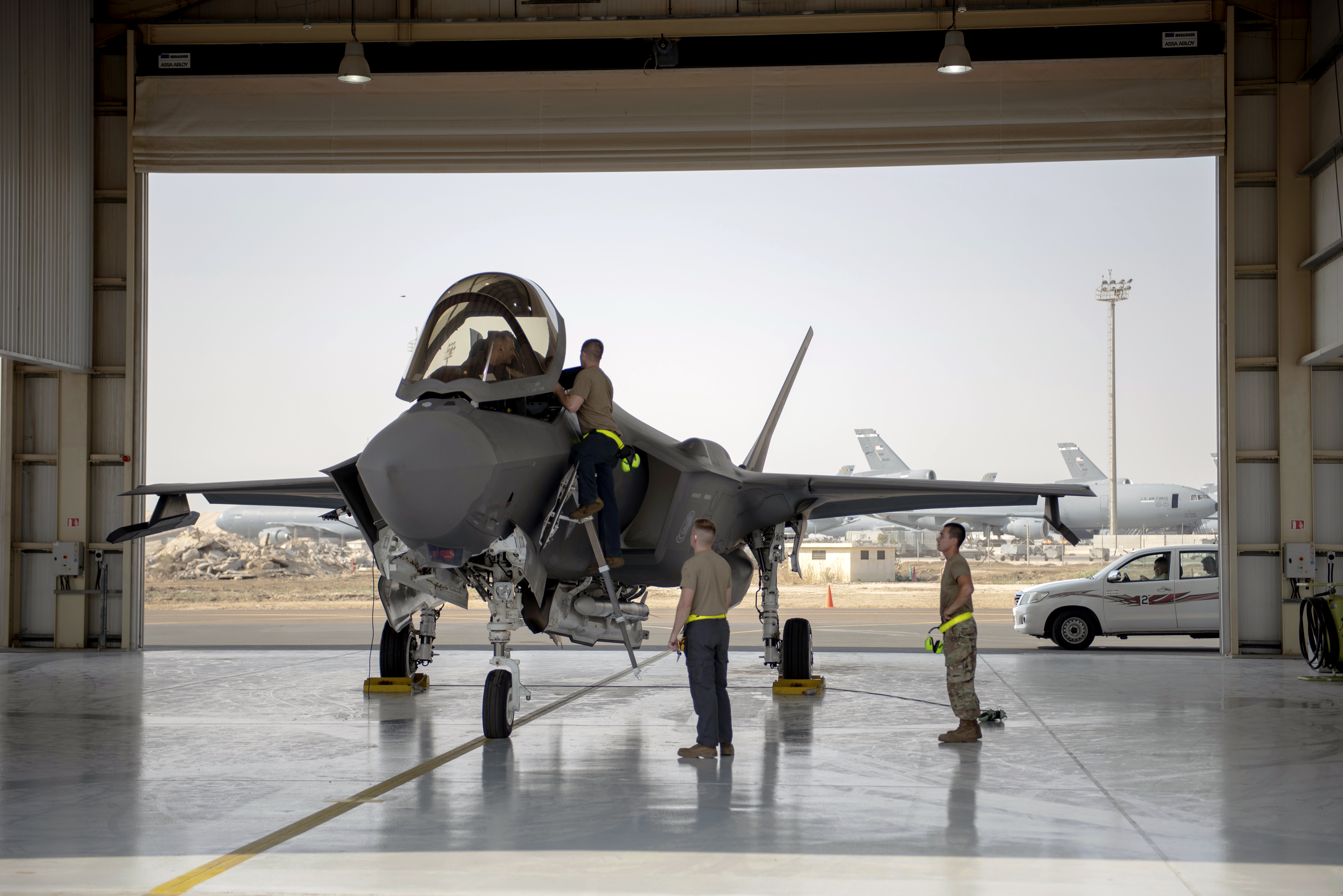
Other unspecified elements of the Houthi attack were also knocked out by air defenses in the UAE, the country’s ambassador to the United States, Yousef Al Otaiba, stating that “several were intercepted, a few of them [weren’t].”
The mobile THAAD system was developed in the 1990s to destroy various different types of ballistic missiles and, although it displayed only fairly limited reliability during the early period of testing, it has since matured and has been widely deployed, including in hotspots in the Middle East, in South Korea, and elsewhere in the Pacific. THAAD is a terminal intercept system, meaning that it is designed to knock down ballistic missile warheads during the endgame of their flight, as they careen through the atmosphere toward their targets.

The high-end system has won limited export orders, too, with the UAE being the first foreign customer, with an initial contract worth around $1.135 billion and covering 48 missiles, nine transporter-erector-launcher vehicles (TELs), and two radars. The UAE received its first THAAD interceptors in 2015. It then worked to establish a site along its Persian Gulf coastline, strategically located to deal with threats from Iran, which has a growing arsenal of ballistic missiles.
On this occasion, however, the attack on the UAE came from the Iranian-backed Houthi militia, in Yemen.
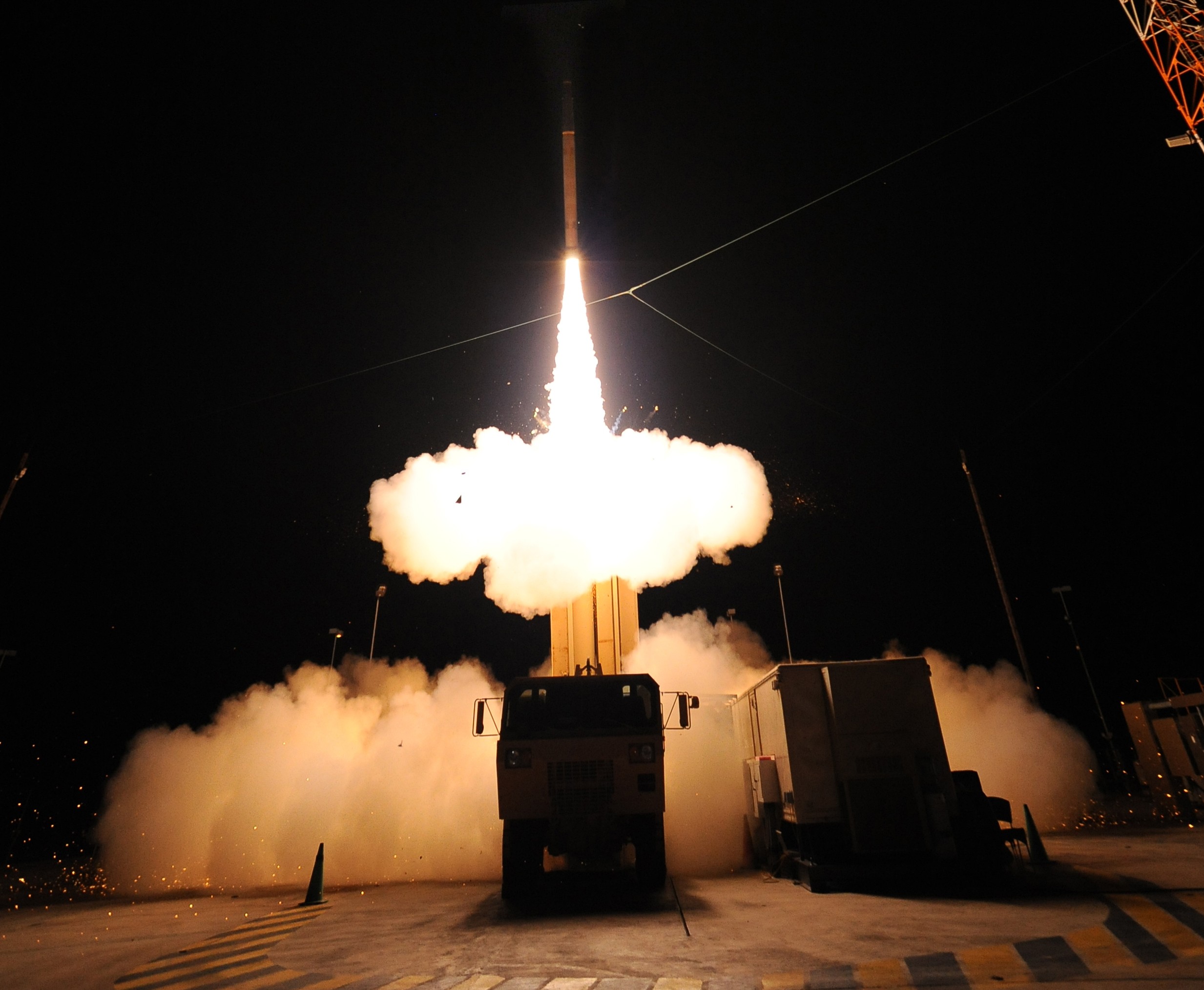
Significantly, Houthi officials indicated that missile units, as well as those using drones, were involved in the operation, which appears to have been the first of its kind to have been corroborated by the UAE. Previous Houthi claims of attacks on targets in the UAE have been universally denied by the Emirati authorities.
Until today, it was unclear if the UAE had actually made efforts to intercept the incoming threats, although CNN
reported that an Emirati fighter jet was observed flying over one of the attack sites afterward.
Putting all this together, the Houthi attack, and the Emirati response to it, suggest that we may be seeing an important new phase of the militants’ campaign, now being waged in this country as well as in Saudi Arabia, Yemen, and elsewhere in the wider region.
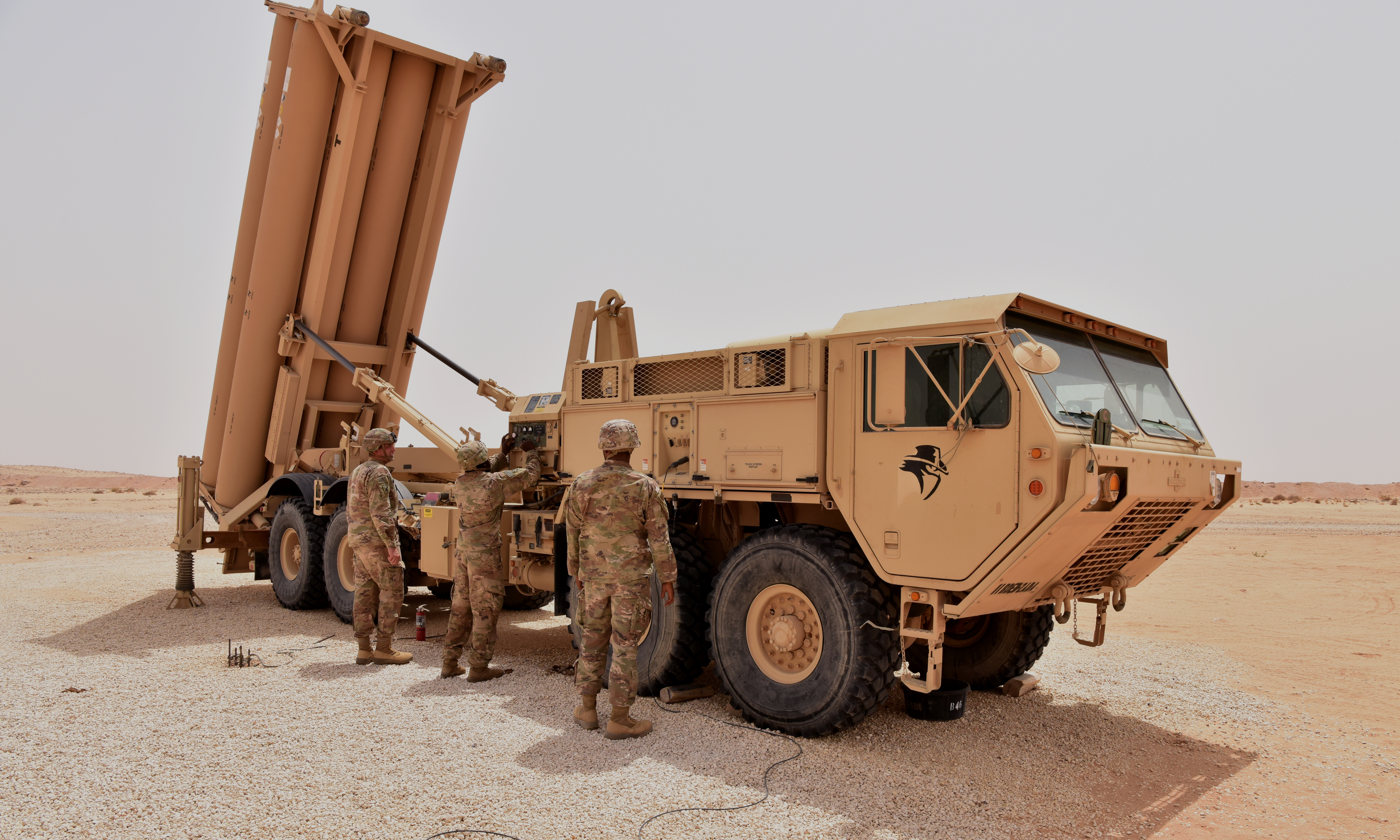
That the Emiratis have been drawn into this conflict now is a result of their active role in the Saudi-led coalition fighting the Houthis in Yemen since the conflict in that country broke out in 2015. The UAE has remained engaged in Yemen despite scaling back its anti-Houthi operations and an apparent improvement in relations with Iran.
Nevertheless, with UAE-backed forces in Yemen recently joining a new major offensive against the Houthis, objectives within the Emirates are likely priority targets for the militia, who also seized a UAE-flagged ship earlier this month, accusing it of being used to move military materiel to support the Saudi-led coalition.
In the UAE, specifically, the U.S. Air Force last year carried out at least one aerial counter-drone exercise involving an array of different aircraft with its Emirati counterparts. Now, however, there is clear evidence that the UAE faces not only a threat from lower-tier unmanned systems but also from ballistic missiles.
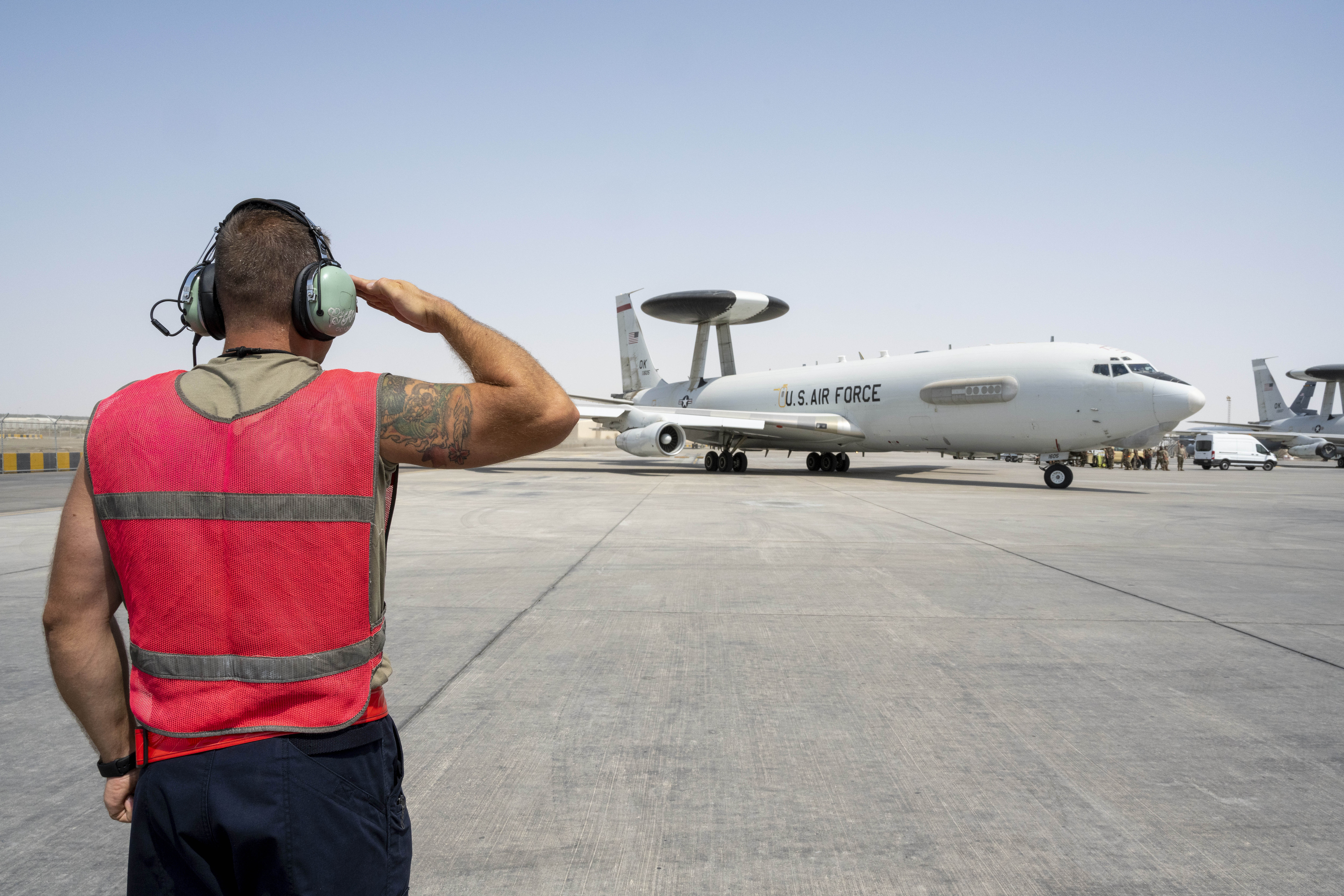
While the UAE also operates Patriot Advanced Capability 3 (PAC-3) air defense systems which have an anti-ballistic missile capability, it’s noteworthy that Saudi Arabia recently stated it had begun to run low on stocks of these to counter the Houthi missile threat.
Tellingly, it seems the UAE is already looking to bolster its air defenses, no doubt with an eye on the campaign waged by the Houthis against Saudi Arabia, which has seen multiple drone and missile attacks, including complex raids on oil infrastructure.
This week, the UAE’s Embassy in Washington put out a message on Twitter calling for U.S. assistance in defending against missiles and drones and stopping such weapons from being delivered to the Houthis in the first place.
Talks have also taken place between Abu Dhabi Crown Prince Mohamed bin Zayed Al Nahyan and U.S. Defense Secretary Lloyd Austin, understood to involve a request for additional defense and security measures, although no specifics have been revealed.
While the UAE has been a regular recipient of U.S. military materiel in the past, there are signs that this process might be becoming somewhat more difficult.
A plan engineered by the previous Trump administration aimed to sell the UAE up to $23.37 billion of weapons, including 50 F-35A stealth fighter jets, up to 18 MQ-9B drones, and $10-billion-worth of advanced munitions. All that now hangs in the balance after the Emiratis announced their intention to step away from the deal, citing concerns over stringent safeguards to protect these systems against Chinese espionage.
The UAE’s relationship with China has been a growing worry for U.S. officials. Last year, Washington applied pressure on the Emiratis to ensure that China halted construction work on a secretive military facility in the UAE, while there were reports of at least two People’s Liberation Army aircraft arriving in the UAE to deliver unknown cargoes, presumed to be military in nature.
Under the Biden administration, the United States has also been concerned by the UAE’s role in the civil war in Yemen and also in Libya, and its human rights record in general. Immediately after the Houthi attack on its territory, the UAE emphasized its right to retaliate and said that those responsible will be held accountable.
While there is no evidence that UAE forces were directly involved, an airstrike carried out today on a prison in northern Yemen killed at least 60 people and wounded 200 more, according to reports, while a separate attack shut down the country’s internet. These actions have been widely seen as a reprisal for the Houthi action on Monday.
All these factors could play into the feasibility of the UAE getting more air defense equipment, especially of the high-end types, like THAAD and PAC-3.
At this stage, it’s too early to say whether the complex attack on the UAE earlier this week represents a genuinely new phase in the conflict, but the incident has at least proven beyond doubt that THAAD is able to bring down a ballistic missile during a real-world engagement, just as it was designed to.
Contact the author: thomas@thedrive.com
